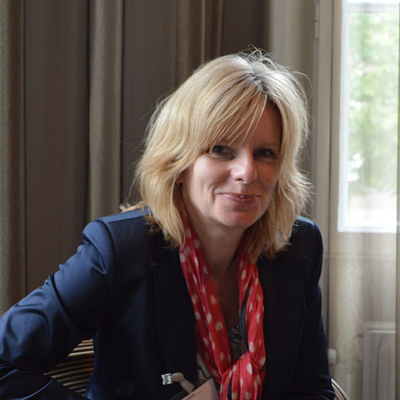Christien Kintzen
Corporate art collections and museums at work. Strategies for collaboration
In this report, the possibilities for collaborative projects between corporate art collections and museums are researched. The question to be answered is how museums and corporations through their collections can benefit from each other’s specific qualities and work together in promoting and preserving art and culture.
The reason for research on this topic is the ambition of the VBCN, the Netherlands Association of Corporate Art Collections, to become a significant actor in the cultural field and connect in a substainable way with the museum field, thus enhancing the significance of the Dutch corporate art collections for Dutch culture and heritage in general.
The primary goal of this thesis is to assess the current activities of corporate art collections in working with specific partners in the cultural field: museums. The outcomes are meant to lead to a practical advice for improving and sustaining relationships between museums and corporations with an art collection and show how both types of collections are significant and complementary in their existence. Research is conducted on the topics of corporate art collecting, collections of art museums and cases of collaboration between corporate art collections and museums.
The comparison between museums and corporations with corporate art collections shows the differences between the collections; e.g. museums are strong in their education and research functions; the corporations reach audiences that are hard to reach by museums. Corporate art collections are typical use collections; works are very close to the users of the work space and create a direct connection with their surroundings thus lowering thresholds. Curators working for the corporations often have few staff for supporting activities. Collaborations with museum staff on educational programs and contexts of artworks could be a good strategy.
The museum professionals at the other hand expressed their interest in working with corporate art collections and recommend sharing data on the collections through digital and live platforms.
The results of this study proof that collaborative projects between corporate art collections and museums could take place in three areas:
- Communication and exchange of knowledge through existing platforms creates more understanding between curators of corporate art collections and museums. Curators of the corporate art collections should engage in sustainable alliances with museums. The VBCN acts as a connector between corporate art collections and the museum field with a focus on communication and exchange of knowledge. For this aim the VBCN should focus on producing knowledge through a more structural programme and thus become an expert in this matter.
- Increase collections accessibility for museum professionals and other stakeholders by connecting with existing digital initiatives like DiMCoN.
- Presentation and Education: corporate art collections display art works in rather informal settings. Collaboration with museum professionals from educational departments could lead to public programmes for engaging and reaching audiences, diffcult to reach by a museum. Eventually projects and relationships between museums and the VBCNmembers could result in better fulfilling their missions regarding:
- Enhancing visibility and accessibility through the opening up of corporate art collections
- Enhancing the societal function of the collections, both museum and corporate art collections through programmes for connecting to communities
- Promoting the value of culture as a catalyst for improvement
